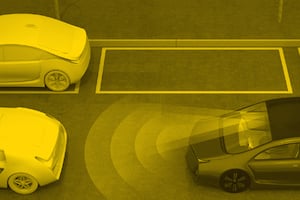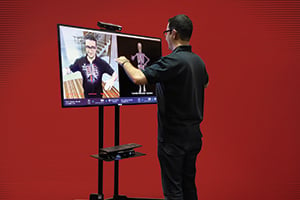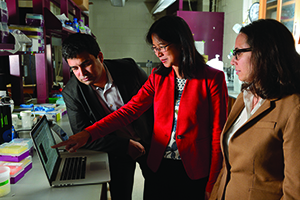
Upstarts: Fine-tuning Gas Sensing
Having sensitive, lightweight, and portable gas-sensing systems could be helpful for a variety of different users: people with asthma searching for their triggers, soldiers at risk of chemical attack, or industrial workers facing toxic gas exposures.









